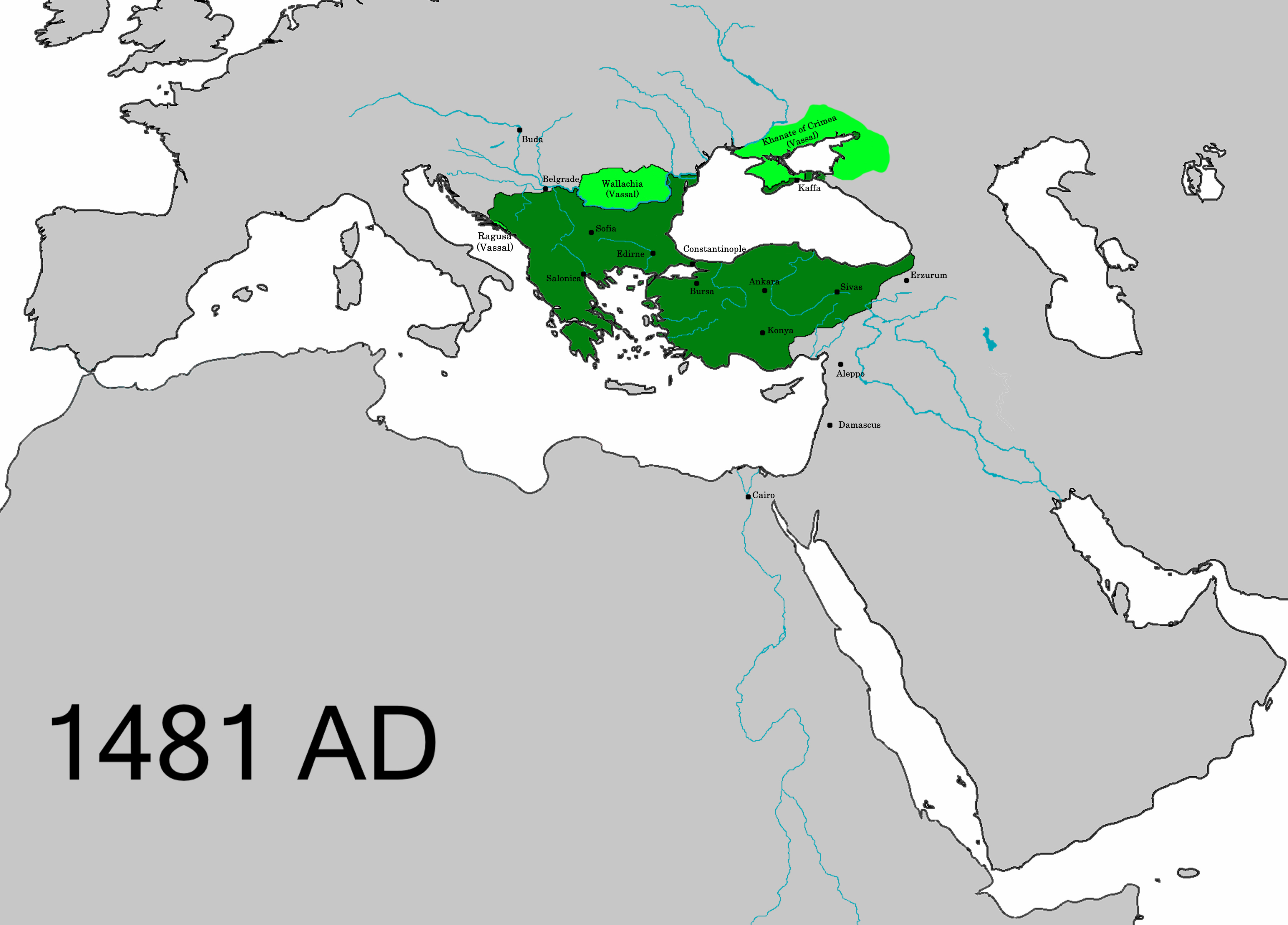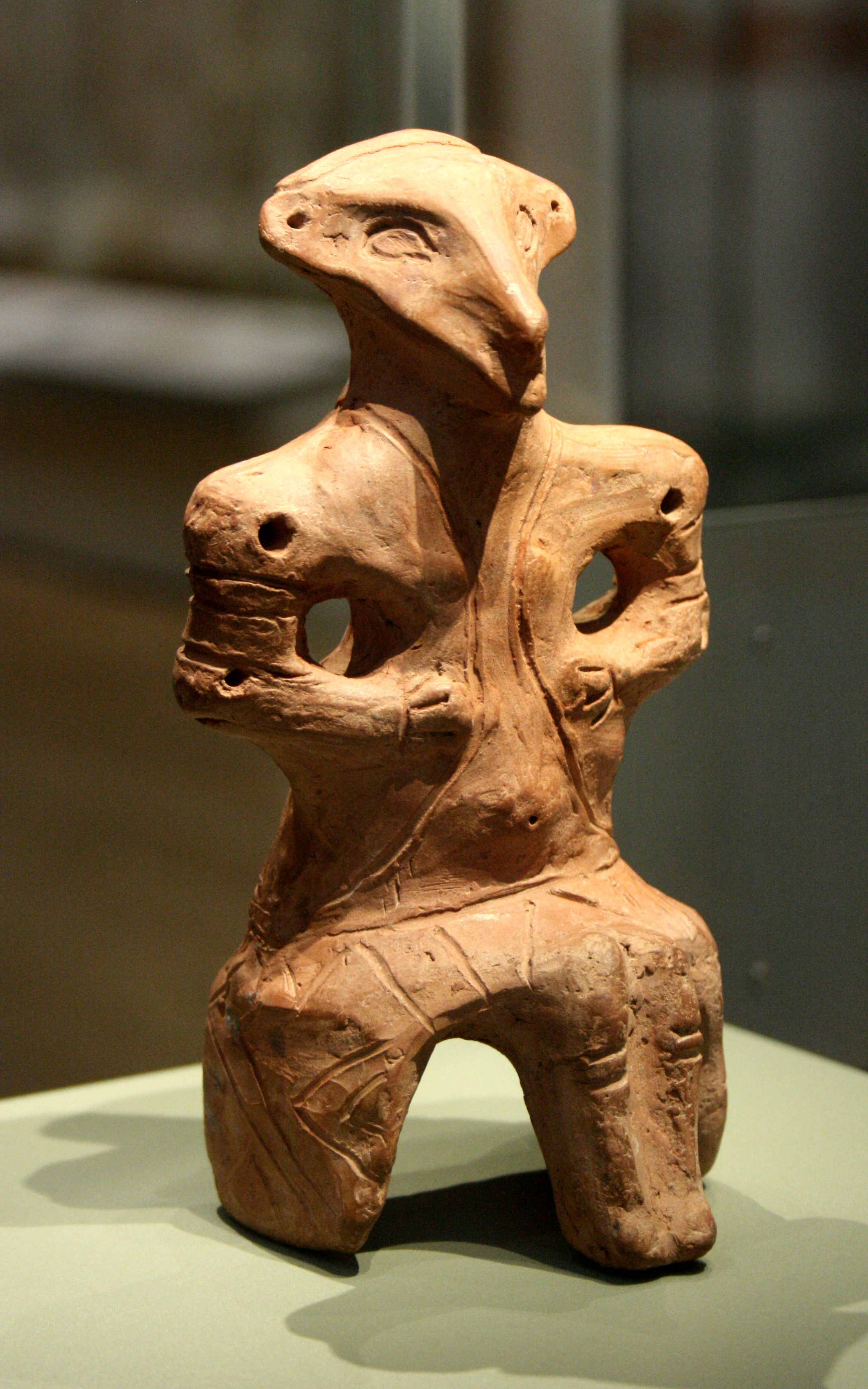|
─īukur Fountain
The ─īukur Fountain () is a monument built to commemorate the ─īukur Fountain incident of 15 June 1862, starting with the death of a boy -- Savo Petkovi─ć -- and growing into a conflict between Serbia and the Ottoman Empire (Serbia being under Ottoman suzerainty at that time). After a quarrel at a fountain, the Serbian and Turkish police came to shoot at each other, after which a riot broke out in the town that lasted the night. The following day, a truce was agreed and the Ottoman police was ordered to leave the Belgrade Fortress, with safe passage guaranteed by the Serbian government. The day after that, while the Pasha of Belgrade summoned the consuls to the fortress, Ottoman cannons were set off shelling the town, leading to the death of 50 civilians and soldiers, 20 houses destroyed, and another 357 damaged. The cause of the Pasha's order is unknown, while some sources suggested that the bombardment was triggered by Serbians firing muskets at the fortress, the British Consul-G ... [...More Info...] [...Related Items...] OR: [Wikipedia] [Google] [Baidu] |
─īukur Fountain Incident
The ─īukur Fountain incident () refers to a series of events in June 1862 in Belgrade, at the time the capital of the Ottoman subject state of Serbia. On 15 June (O.S. 3 June) a group of Ottoman '' nizami'' (soldiers) and Serbs quarreled by the ─īukur Fountain, ending with the murder of a young Serb apprentice boy, which resulted in civil unrest and the bombardment of Belgrade by Ottoman troops. In the wake of the incident, a Great Power brokered conference was held in Constantinople which resulted in a reduction of Turkish citizens and troops on Serbian soil. Background Since 1813, with the Ottoman suppression of the First Serbian Uprising (1804ŌĆō13), the city of Belgrade had been under a type of dual government. The Belgrade Fortress was garrisoned by Ottoman soldiers and the surrounding part of Belgrade was inhabited by "Turks", primarily the families of the soldiers, living under an Ottoman administration. The rest of Belgrade was inhabited by Serbs under their own administ ... [...More Info...] [...Related Items...] OR: [Wikipedia] [Google] [Baidu] |
Ottoman Empire
The Ottoman Empire (), also called the Turkish Empire, was an empire, imperial realm that controlled much of Southeast Europe, West Asia, and North Africa from the 14th to early 20th centuries; it also controlled parts of southeastern Central Europe, between the early 16th and early 18th centuries. The empire emerged from a Anatolian beyliks, ''beylik'', or principality, founded in northwestern Anatolia in by the Turkoman (ethnonym), Turkoman tribal leader Osman I. His successors Ottoman wars in Europe, conquered much of Anatolia and expanded into the Balkans by the mid-14th century, transforming their petty kingdom into a transcontinental empire. The Ottomans ended the Byzantine Empire with the Fall of Constantinople, conquest of Constantinople in 1453 by Mehmed II. With its capital at History of Istanbul#Ottoman Empire, Constantinople (modern-day Istanbul) and control over a significant portion of the Mediterranean Basin, the Ottoman Empire was at the centre of interacti ... [...More Info...] [...Related Items...] OR: [Wikipedia] [Google] [Baidu] |
Belgrade Fortress
The Belgrade Fortress ( sr-Cyrl, ąæąĄąŠą│čĆą░ą┤čüą║ą░ čéą▓čĆčÆą░ą▓ą░, Beogradska tvr─æava, Hungarian: N├Īndorfeh├®rv├Īr), consists of the old citadel (Upper and Lower Town) and Kalemegdan Park (Large and Little Kalemegdan) on the confluence of the Sava and Danube rivers, in an urban area of modern Belgrade, Serbia. Located in Belgrade's municipality of Stari Grad, the fortress constitutes the specific historical core of the city. As one of the most important representatives of Belgrade's cultural heritage, it was originally protected right after World War II, among the first officially declared cultural monuments in Serbia. The fortress was declared a Monument of Culture of Exceptional Importance in 1979, and is protected by the Republic of Serbia. It is the most visited tourist attraction in Belgrade, with Skadarlija being the second. Since the admission is free, it is estimated that the total number of visitors (foreign, domestic, citizens of Belgrade) is over 2 million yearly ... [...More Info...] [...Related Items...] OR: [Wikipedia] [Google] [Baidu] |
Belgrade
Belgrade is the Capital city, capital and List of cities in Serbia, largest city of Serbia. It is located at the confluence of the Sava and Danube rivers and at the crossroads of the Pannonian Basin, Pannonian Plain and the Balkan Peninsula. The population of the Belgrade metropolitan area is 1,685,563 according to the 2022 census. It is one of the Balkans#Urbanization, major cities of Southeast Europe and the List of cities and towns on the river Danube, third-most populous city on the river Danube. Belgrade is one of the List of oldest continuously inhabited cities, oldest continuously inhabited cities in Europe and the world. One of the most important prehistoric cultures of Europe, the Vin─Źa culture, evolved within the Belgrade area in the 6th millennium BC. In antiquity, Thracians, Thraco-Dacians inhabited the region and, after 279 BC, Celts settled the city, naming it ''Singidunum, Singid┼½n''. It was Roman Serbia, conquered by the Romans under the reign of Augustus and ... [...More Info...] [...Related Items...] OR: [Wikipedia] [Google] [Baidu] |
Simeon Roksandi─ć
Simeon Roksandi─ć (14 May 1874 ŌĆō 12 January 1943) was a Serbian sculptor and academic, famous for his bronzes and fountains. He is frequently cited as one of the most renowned figures in Serbian and Yugoslavian sculpture. Life and work Roksandi─ć was born in the village of Majske Poljane and schooled in Glina and Zagreb. After discovering an interest in sculputre, he obtained a stipend for studies in Budapest. In 1895, he continued his education in Munich, where he met Djordje Krsti─ć, who encouraged him to move to Belgrade. Since 1898, Roksandi─ć lived and worked in Serbia for most of his life. In 1904, he was one of the founders of the Association of Serbian Artists LADA, alongside Beta Vukanovi─ć, Marko Murat, ─Éor─æe Jovanovi─ć, Uro┼Ī Predi─ć, and others. Roksandi─ć exhibited his artworks as a part of Kingdom of Serbia's pavilion at International Exhibition of Art of 1911. He sculptured the "Unfortunate Fisherman" fountains in Kalemegdan Park in Belgrade, Serbia an ... [...More Info...] [...Related Items...] OR: [Wikipedia] [Google] [Baidu] |
Realism (arts)
Realism in the arts is generally the attempt to Representation (arts), represent subject-matter truthfully, without artificiality, exaggeration, or speculative fiction, speculative or supernatural elements. The term is often used interchangeably with naturalism, although these terms are not necessarily synonymous. Naturalism, as an idea relating to visual representation in Western art, seeks to depict objects with the least possible amount of distortion and is tied to the development of linear perspective and illusionism in Renaissance Europe. Realism, while predicated upon naturalistic representation and a departure from the idealization of earlier academic art, often refers to a Realism (art movement), specific art historical movement that originated in France in the aftermath of the French Revolution of 1848. With artists like Gustave Courbet capitalizing on the mundane, ugly or sordid, realism was motivated by the renewed interest in the commoner and the rise of leftist polit ... [...More Info...] [...Related Items...] OR: [Wikipedia] [Google] [Baidu] |
Old Style And New Style Dates
Old Style (O.S.) and New Style (N.S.) indicate dating systems before and after a calendar change, respectively. Usually, they refer to the change from the Julian calendar to the Gregorian calendar as enacted in various Europe, European countries between 1582 and 1923. In England, Wales, Ireland and British America, Britain's American colonies, there were two calendar changes, both in 1752. The first adjusted the start of a new year from 25 March (Lady Day, the Feast of the Annunciation) to 1 January, a change which Scotland had made in 1600. The second discarded the Julian calendar in favour of the Gregorian calendar, skipping 11 days in the month of September to do so.. "Before 1752, parish registers, in addition to a new year heading after 24th March showing, for example '1733', had another heading at the end of the following December indicating '1733/4'. This showed where the Historical Year 1734 started even though the Civil Year 1733 continued until 24th March. ... We as h ... [...More Info...] [...Related Items...] OR: [Wikipedia] [Google] [Baidu] |
Serbian Dinar
The dinar (, ; paucal: dinara / ą┤ąĖąĮą░čĆą░; Currency symbol, abbreviation: DIN (Gaj's Latin alphabet, Latin) and ą┤ąĖąĮ (Serbian Cyrillic alphabet, Cyrillic); ISO 4217, code: RSD) is the currency of Serbia. The dinar was first used in Serbia in medieval times, its earliest use dating back to 1214. The dinar was reintroduced as the official Serbian currency by Prince Mihailo Obrenovi─ć, Prince of Serbia, Mihailo in 1868. One dinar was formerly subdivided into 100 Para (currency), para (). As of 24 August 2024, 1 United States dollar, US dollar is worth 104.57 dinars. History Medieval Serbian dinar The first mention of a "Serbian dinar" dates back to the reign of Stefan the First-Crowned in 1214. Until the fall of Serbian Despotate, Despot Stjepan Toma┼Īevi─ć in 1459, most of the Serbian rulers minted silver dinar coins. The first Serbian dinars, like many other south-European coins, replicated Venetian grosso, including characters in Latin (the word 'Dux' replaced with the wor ... [...More Info...] [...Related Items...] OR: [Wikipedia] [Google] [Baidu] |
Fountains In Serbia
A fountain, from the Latin "fons" (genitive "fontis"), meaning source or spring, is a decorative reservoir used for discharging water. It is also a structure that jets water into the air for a decorative or dramatic effect. Fountains were originally purely functional, connected to springs or aqueducts and used to provide drinking water and water for bathing and washing to the residents of cities, towns and villages. Until the late 19th century most fountains operated by gravity, and needed a source of water higher than the fountain, such as a reservoir or aqueduct, to make the water flow or jet into the air. In addition to providing drinking water, fountains were used for decoration and to celebrate their builders. Roman fountains were decorated with bronze or stone masks of animals or heroes. In the Middle Ages, Moorish and Muslim garden designers used fountains to create miniature versions of the gardens of paradise. King Louis XIV of France used fountains in the Gardens of ... [...More Info...] [...Related Items...] OR: [Wikipedia] [Google] [Baidu] |
Buildings And Structures In Belgrade
A building or edifice is an enclosed structure with a roof, walls and windows, usually standing permanently in one place, such as a house or factory. Buildings come in a variety of sizes, shapes, and functions, and have been adapted throughout history for numerous factors, from building materials available, to weather conditions, land prices, ground conditions, specific uses, prestige, and aesthetic reasons. To better understand the concept, see ''Nonbuilding structure'' for contrast. Buildings serve several societal needs ŌĆō occupancy, primarily as shelter from weather, security, living space, privacy, to store belongings, and to comfortably live and work. A building as a shelter represents a physical separation of the human habitat (a place of comfort and safety) from the ''outside'' (a place that may be harsh and harmful at times). buildings have been objects or canvasses of much artistic expression. In recent years, interest in sustainable planning and building practi ... [...More Info...] [...Related Items...] OR: [Wikipedia] [Google] [Baidu] |






